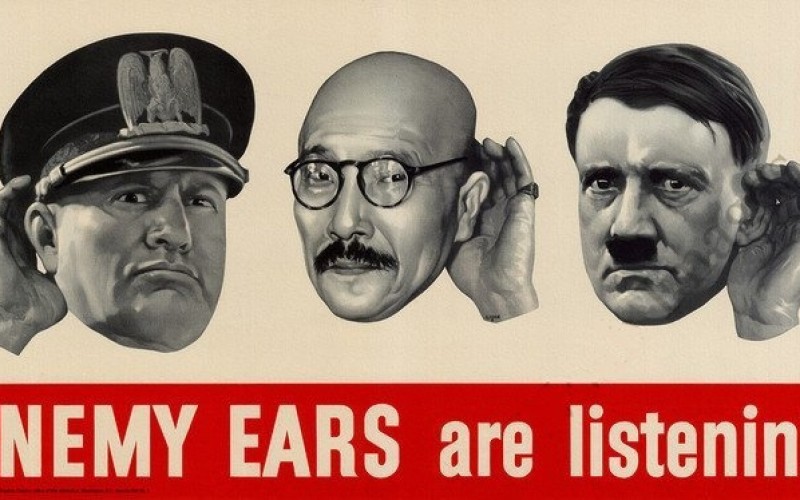Find out the ten unwritten (secret) rules high-end audio magazines wish you did not know about how audiophile components are reviewed.
1. Never anger any protected audio industry entity, such as:
*An important current, or potential, advertiser; including manufacturers, distributors or retailers, or…
*Any other audio establishment which has a „personal relationship” with you.
2. Delay acknowledging any serious problems with a „protected” component until you give another rave review to the „updated” model which replaces it and „corrects” the problems.
3. Avoid making any direct comparisons with a „protected” component, but if you have to, follow these „Solutions”:
a)Compare the component only to older and/or obsolete models, especially from the same manufacturer. (See Rule #2 above).
b)If Solution „a” is not possible, compare the component to „competitors” costing either MUCH more or MUCH less.
c)If both Solutions „a” or „b” are not possible, neglect to mention the actual names and model numbers of the rival components that you compare it to in the review.
d)If Solutions „a”, „b” or „c” are all not feasible, and you must compare the model to a current, similarly priced (and „protected”) competitor that you must name, then you must be:
*As ambiguous as possible, and you must also…
*Never describe any problem as „serious” (See Rule #3e)
*Never proclaim one model to be clearly superior to the other(s). In short…
*Both (or all) of the components must be seen as equally desirable and of similar value.
e)Problems or imperfections that aren’t obvious (such as no bass below 40 Hz with small speakers), may be described as „serious” (easy to hear) only when using Solutions „a”, „b” or „c”.
However, any problems described when using Solution „d” must always be „subtle” and „difficult to hear”, or even described as an „advancement” if possible.
4. You must never inform readers if an „audiophile” accessory or tweak is also available in a generic form at a fraction of the price that the „protected” manufacturer is charging (Blue Tac and RFI rings etc.).
5. Any and all „transactions” between you and any of the parties mentioned in Rule #1 must always be kept strictly confidential. Accordingly…
*You must never divulge the actual price, if any, you paid to „purchase” your reference components or accessories, or any extra costs you paid, if any, to have those same components updated, modified, repaired, replaced etc.
*You must never divulge any „gifts”, „favors” or „perks” that you received from the „protected” audio entities, or those with whom you have a „personal relationship”.
6. You must never mention the actual costs, even at retail prices, of the parts that are used to manufacture the component.
7. Further to Rules #4 & #6, you must never state, or even imply, that any component or accessory is over-priced.
8. The more corrupt your magazine is, the more you shall proclaim your honesty.
9. Magazines shall never divulge advertising revenues as a percentage of their total revenues.
10. OVERRIDE CLAUSE – Some of the preceding rules (#1, #2 & #3) may be ignored only in the event of either a serious (and apparently indefinite) breach of the „personal relationship” between the audio company and reviewer/magazine, and/or the termination, or non-payment, of their advertising contract.
by Arthur Salvatore, high-endaudio.com
Arthur Salvatore has been an audiophile for more than 40 years, and was also an audio business „insider” for more than 20 years. He has a completely non-commercial and independent website, dedicated exclusively to home audio journalism. The main purpose of his website is to help his readers to evaluate and understand the performance of audio components. He includes highly detailed observations and descriptions of his component and software „References” to achieve this goal. If an audiophile is looking for substance, and a direct, uncompromising and critical attitude, they will find it at his website.




